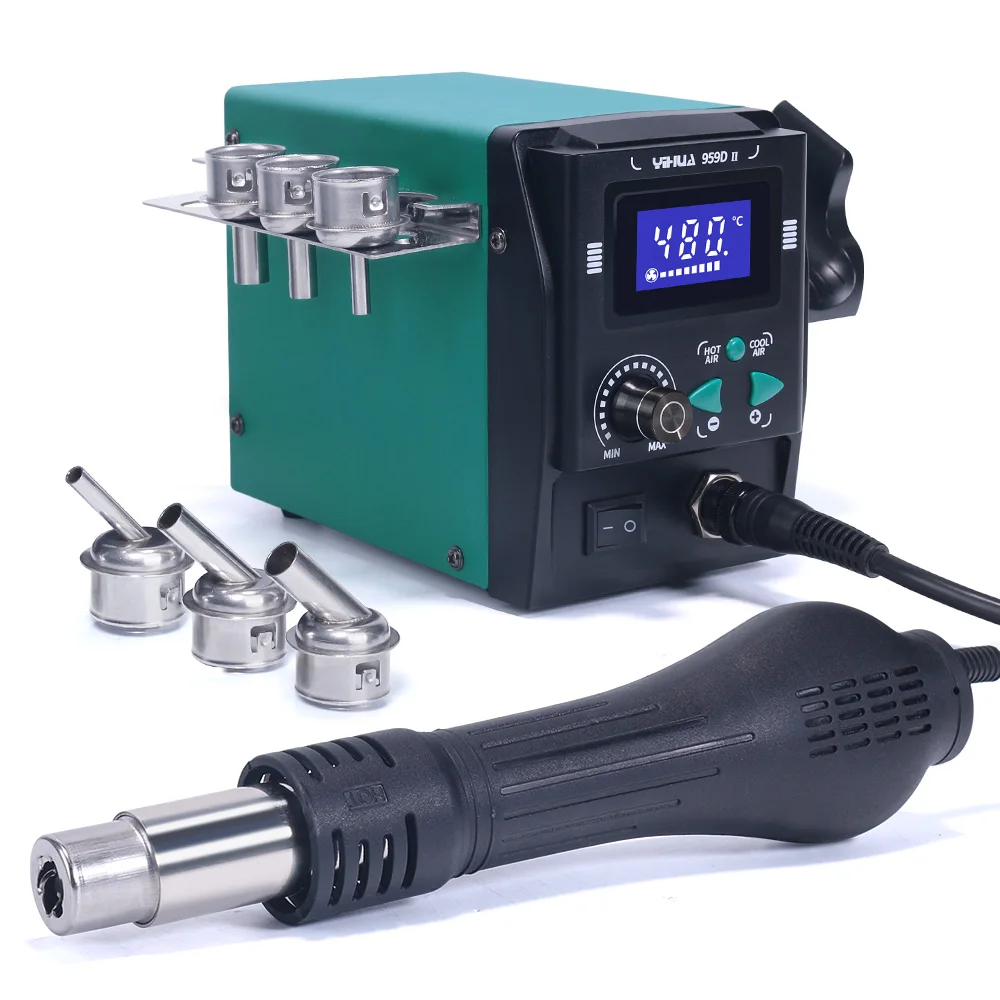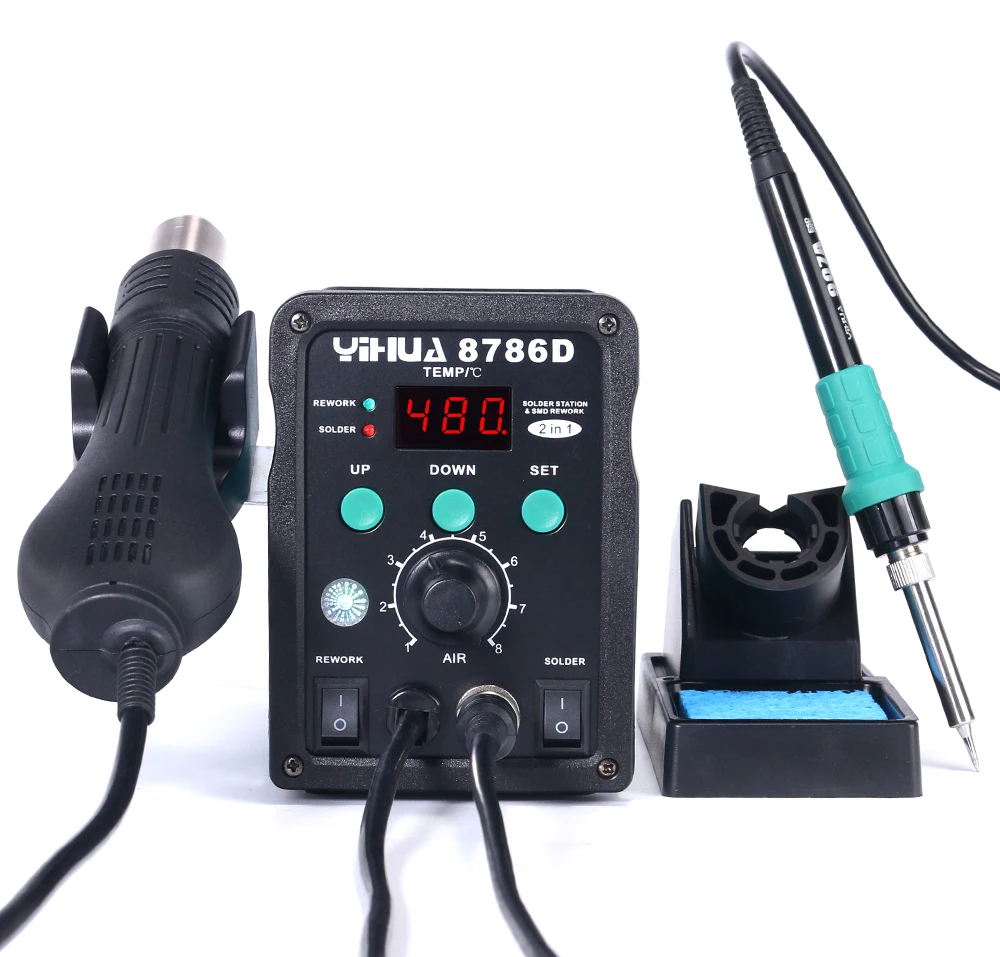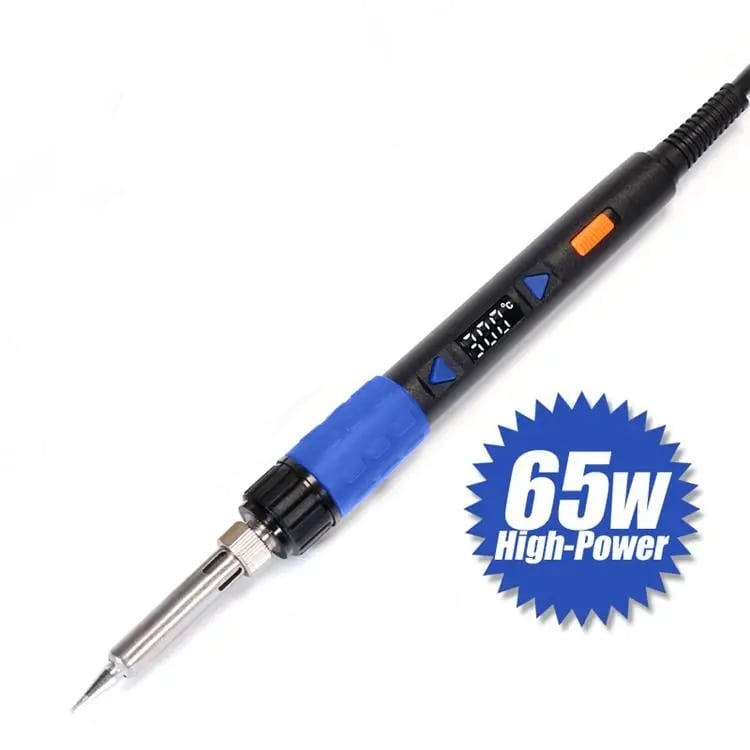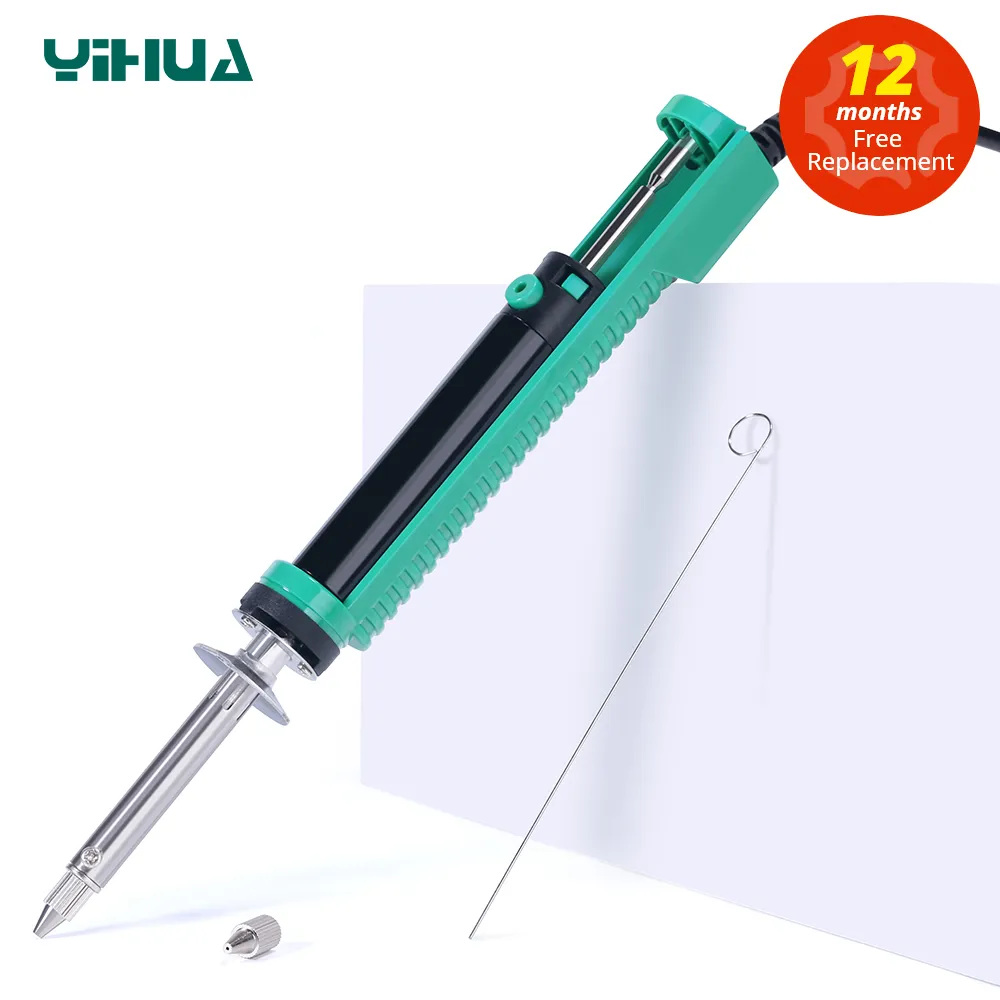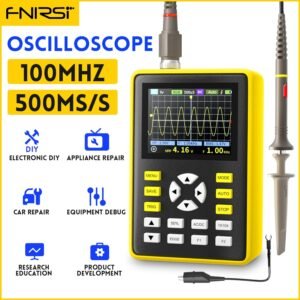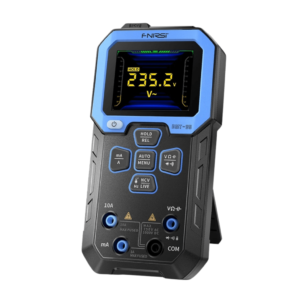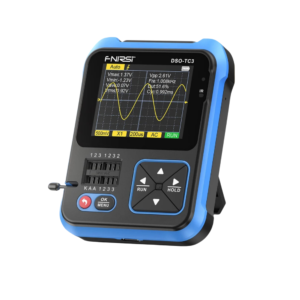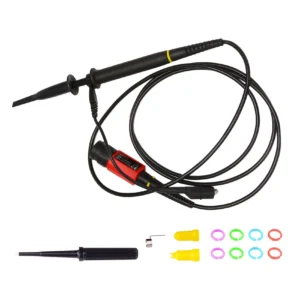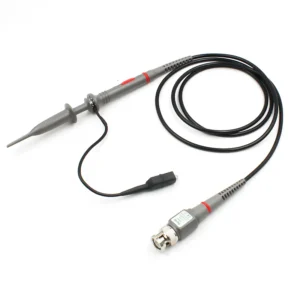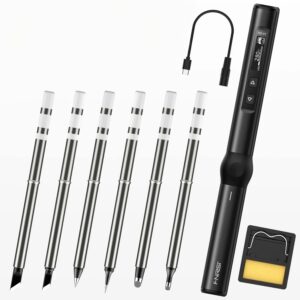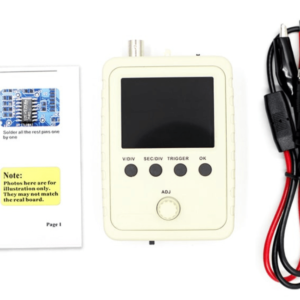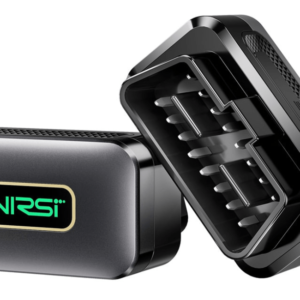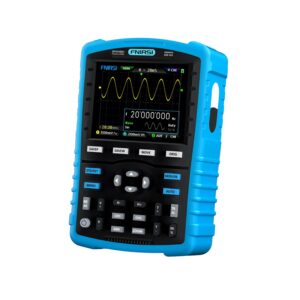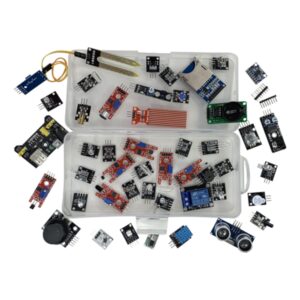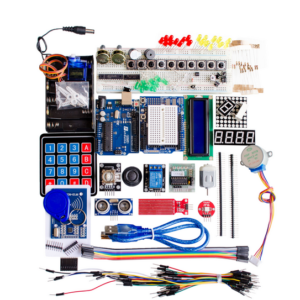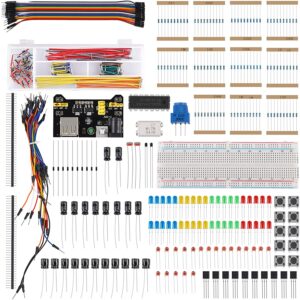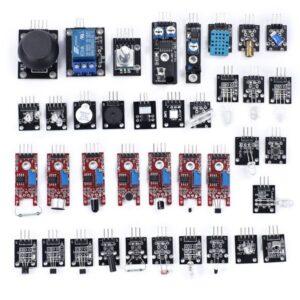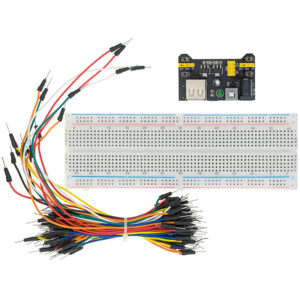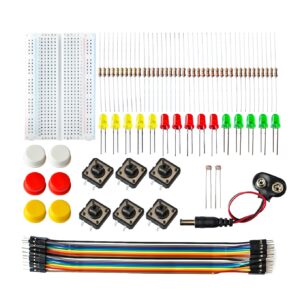A multimeter is a versatile device used for measuring voltage, current, resistance, and other electrical parameters. One of its applications is testing capacitors for faults. There are various methods to test a capacitor using a multimeter, including:
Key Takeaways
- To test a capacitor with a multimeter, you can use the capacitance mode, resistance mode, voltmeter test, continuity mode, or time constant parameter.
- It’s essential to discharge the capacitor before testing it to avoid shocks.
- By using a multimeter, you can determine if a capacitor is functioning properly or needs to be replaced.
Method 1: Use the capacitance mode on the multimeter
Most digital multimeters have a capacitance mode that can be used to directly test the value of a capacitor. This is a common and reliable method for testing a capacitor’s functionality.
To use this method, start by removing the capacitor from the circuit board and discharging it completely. Connect the multimeter probes to the capacitor terminals, making sure the polarity is correct. Then, select the capacitance mode on the multimeter and note the value displayed on the panel. This value should be compared to the value given on the capacitor case.
If the multimeter reading deviates significantly from the actual value, it could indicate a faulty capacitor that needs to be replaced. This method provides a convenient way to test capacitors and troubleshoot electronic boards.
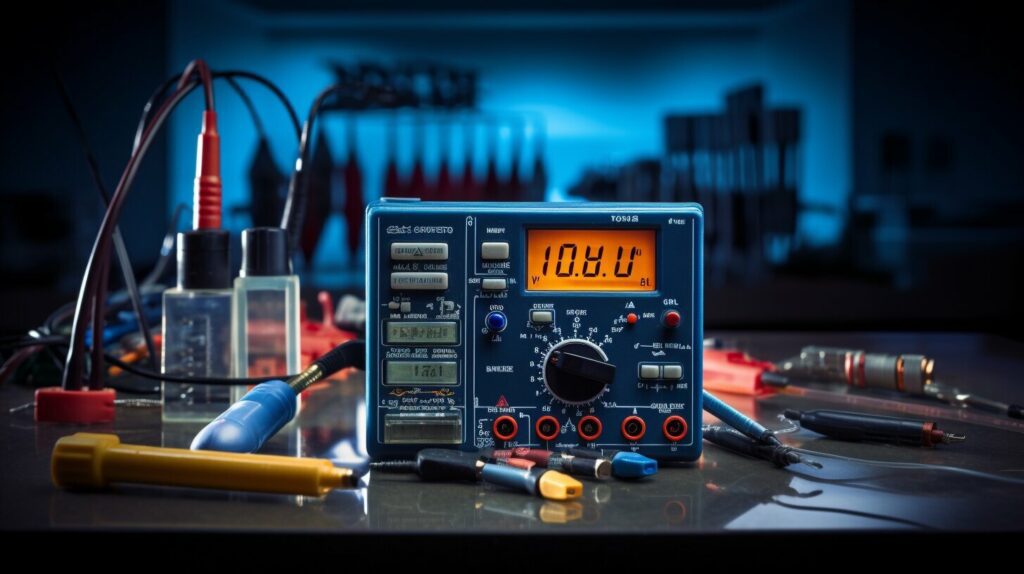
Using the capacitance mode on a multimeter is an effective way to test a capacitor. However, it is important to note that this method may not work for testing high voltage capacitors or capacitors that are still in the circuit. In such cases, other testing methods may need to be used.
Method 2: Use the resistance mode on the multimeter
The resistance mode of a multimeter can also be used to test capacitors. This method is especially useful for identifying faults in capacitors with high capacitance values. To perform this test, follow these steps:
- Remove the capacitor from the electric board and discharge it completely by connecting it across a resistor.
- Twist the selection knob on the multimeter to select a value in the OHM range, such as 1kΩ.
- Connect the positive and negative terminals of the capacitor to the leads of the multimeter probes.
- Current will flow through the capacitor, causing it to charge.
- On a digital multimeter, a series of values will appear on the display panel, increasing and finally settling at infinity. This indicates that the capacitor is functioning properly.
- On an analog multimeter, the needle will move from a low value to a high value, showing the charging action of the capacitor if it is functioning correctly.
- If the needle is stuck at a very low or very high value, it suggests a fault in the capacitor and it may need to be replaced.
By following these steps, you can effectively test a capacitor using the resistance mode on a multimeter. This method is useful for determining the functionality of a capacitor and identifying any faults that may need to be addressed.
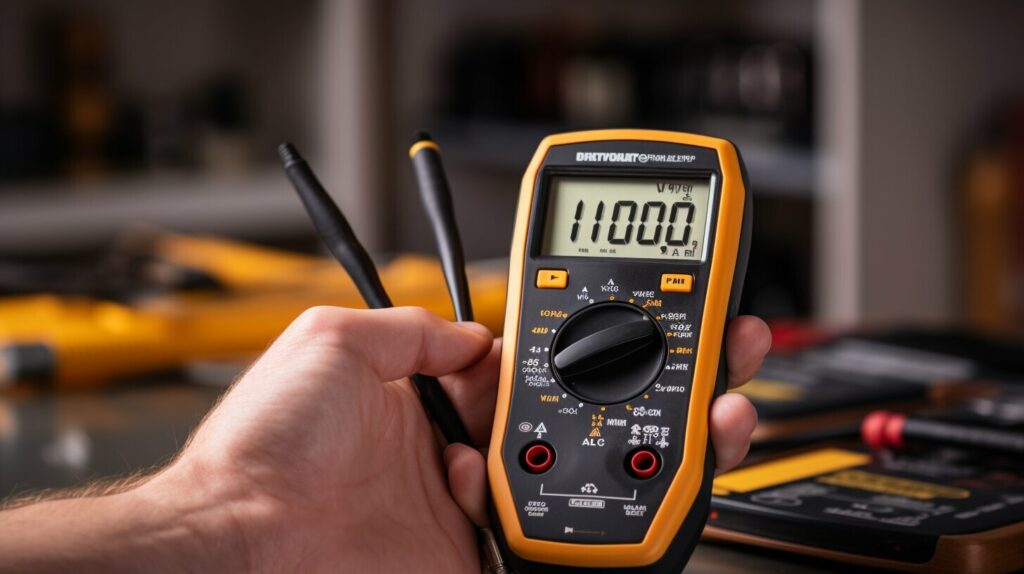
In the resistance mode, a multimeter can determine if a capacitor is faulty or not.
Method 3: Use a voltmeter to test a capacitor
A voltmeter can be used to test a capacitor by measuring the voltage across it. To check a capacitor using the voltmeter functionality of a multimeter, follow these steps:
- Note the maximum permissible voltage across the capacitor.
- Charge the capacitor to a voltage that is less than the maximum voltage allowed through a voltage source.
- Connect the capacitor leads to the probes of the multimeter.
- Shift the knob of the multimeter and choose the DC voltage range.
- If the value displayed is the same as the voltage to which the capacitor is charged, the capacitor functions well, otherwise it is faulty.
It is important to perform the measurement quickly to avoid discharging the capacitor and getting a faulty reading.
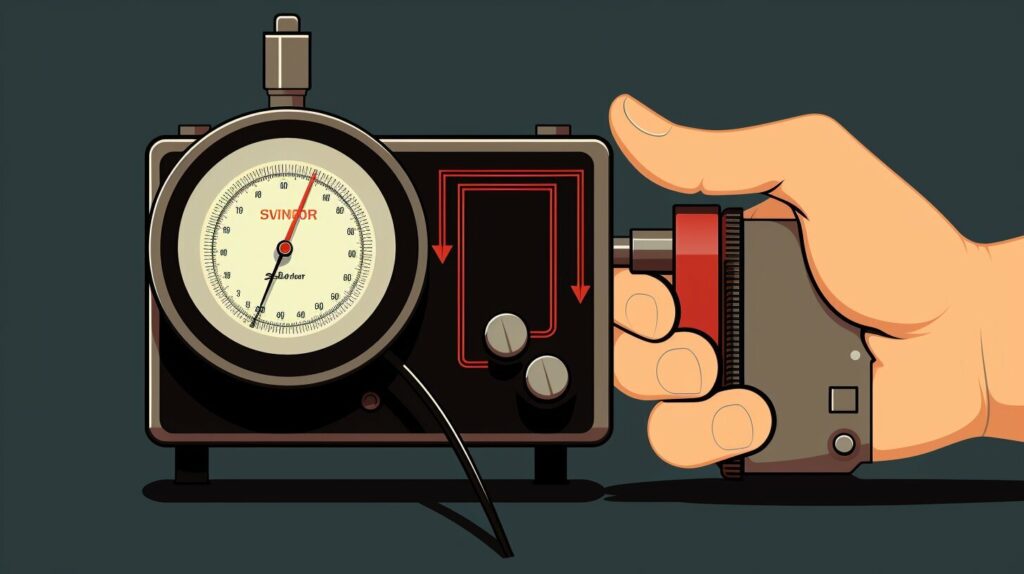
Method 4: Use the Continuity Mode of the Multimeter
The continuity mode of a multimeter can be used to check the continuity of a capacitor. It’s crucial to remove the capacitor from the electric board and discharge it entirely before performing this test.
To begin the test, connect the capacitor leads to the probes of the multimeter. The positive terminal should be connected to the red probe, and the negative terminal should be connected to the black probe.
Twist the multimeter knob and select the option for continuity check. If the meter produces a continuous beep sound or the LED turns on, it indicates that there is a short within the capacitor. This suggests that the capacitor is faulty and needs to be replaced.
If the meter doesn’t produce a beep sound, it means that the capacitor is open. An open capacitor is not suitable for proper performance, and it needs to be replaced. If the meter initially produces a beep sound or turns the LED on and gradually stops, it indicates that the capacitor is in good condition.
However, if you want to determine if the capacitor is functioning at the right value (capacitance), it is recommended to use a capacitor tester. This tool helps you identify the capacitance value and the voltage rating of the capacitor accurately.

When using the continuity mode of a multimeter to check a capacitor, it’s essential to remember to discharge the capacitor before the test and be cautious when handling it. Capacitors store electrical charge that can be dangerous if not handled correctly.
Method 5: Use the time constant parameter to test the capacitor
The time constant of a circuit can be used to test a capacitor’s functionality. To check a capacitor using the time constant parameter, you will need to calculate the time constant of the circuit. The time constant is the time taken by the capacitor to charge to 63.2% of the applied voltage through a known resistor.
To calculate the time constant, use the formula Τ=RC, where Τ represents the time constant, R is the known resistance, and C is the capacitance value.
For example, if you apply a voltage of 10V across a series combination of a resistor and a capacitor, the time constant is the time taken by the capacitance to charge to 63.2% of 10V, which is 6.32V. Use a stopwatch to measure the time taken by the capacitor to charge to this voltage.
If the resistor value is 100 ohms, the time constant would be 6.32V/100 ohms = 0.0632 seconds (or 63.2 milliseconds).
By measuring the time it takes for the capacitor to charge to the desired voltage, you can determine if the capacitor is functioning correctly. If the time measured is significantly different from the expected time constant, it may indicate a faulty capacitor that needs to be replaced.
It is important to keep in mind that this method works best for capacitors with known values. If the capacitance value is unknown, it is recommended to use one of the other methods discussed above.
Other ways to visually check a capacitor for faults
In addition to the previously mentioned methods, there are other ways to visually check a capacitor for faults. Using a multimeter in capacitance mode, resistance mode, and continuity mode is effective, but there are other methods that can also provide valuable information.
One method involves checking the physical condition of the capacitor. If the capacitor is bulging or leaking, it is likely faulty and should be replaced. Additionally, if the capacitor has any burn marks or other signs of physical damage, it is likely that it has failed and should be replaced.
Another method is to use a device called the ESR meter, which measures the equivalent series resistance of the capacitor. This test is particularly helpful for identifying capacitors that are still functioning but have a higher-than-normal internal resistance. This can help predict future capacitor failure, allowing for preventative maintenance.
Lastly, it’s important to look out for any signs of corrosion or oxidation around the capacitor terminals. This type of damage can make it difficult for the capacitor to make a good connection, which can lead to improper functioning.
By using any of these methods or a combination of them, it is possible to gain a deeper understanding of the health of a capacitor. Regular visual checks are crucial to prevent unexpected failure and avoid costly downtime.
Traditional methods for testing a capacitor’s functionality
Apart from using a multimeter, there are traditional methods that can be employed to test a capacitor’s functionality. These methods are useful in situations where a multimeter is not available or when a quick and simple test is required.
One of the most common methods is the “megger” test, which involves using a megohmmeter to test the insulation resistance of the capacitor. The capacitor is charged to a high voltage and then discharged through a high-resistance wire. The megohmmeter is then used to measure the insulation resistance of the capacitor. If the insulation resistance is low or nonexistent, the capacitor is faulty.
Another traditional method is the “ringing” test, which involves striking the capacitor with a hard object and listening for a ringing sound. A healthy capacitor will produce a clear ringing sound, while a faulty one will produce a dull thud.
The “leakage” test involves applying a specified voltage to the capacitor and measuring the amount of current that passes through it over a period of time. If the current exceeds the specified limit, the capacitor is faulty.
The “time delay” test involves charging the capacitor to a specified voltage and then measuring the time it takes to discharge to a certain level. If the measured time delay matches the expected value, the capacitor is in good condition.
These traditional methods can be used to test various types of capacitors, including electrolytic, ceramic, tantalum, and surface mount device (SMD) caps. However, it is important to note that these methods may not be as accurate as using a multimeter and should only be used as a quick and simple test.
Important considerations when testing a capacitor
There are several important considerations to keep in mind when testing a capacitor using a multimeter. One of the most crucial aspects is ensuring that the capacitor is completely discharged before testing. Failure to do so can result in electrical shock or damage to the multimeter. It is also essential to use the correct voltage range and connections according to the instructions of the multimeter manual.
Another significant factor to consider is the type of capacitor being tested. Different types of capacitors, such as electrolytic, ceramic, tantalum, and SMD caps, have different considerations when testing. For example, electrolytic capacitors have polarity, and connecting them in reverse can cause them to explode. Therefore, it is vital to understand the characteristics of the capacitor being tested to select the appropriate testing method.
The capacitance mode on the multimeter is the most common method for testing a capacitor. However, when using the resistance mode or continuity mode, it is crucial to understand the charging action of the capacitor and what readings should be expected. Using a voltmeter to test the capacitor’s voltage and measuring the time constant parameter can also provide valuable insights into the capacitor’s functionality.
Overall, testing a capacitor with a multimeter requires caution, attention to detail, and an understanding of the specific capacitor being tested. By following the correct procedures and considering the important factors discussed in this article, accurate testing results can be obtained.
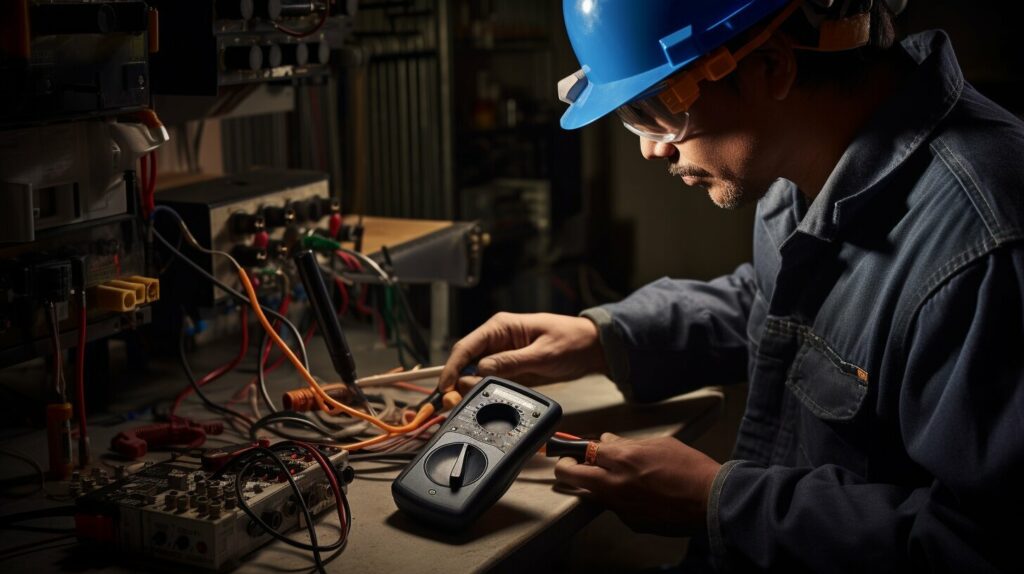
Conclusion
Testing capacitors with a multimeter is a crucial step in ensuring their functionality and identifying faults. The different methods outlined in this article, including using capacitance, resistance, voltage modes, and the time constant parameter, provide accurate and reliable results. It is important to discharge the capacitor before testing and ensure correct polarity when connecting the multimeter probes. Capacitors are essential components in maintaining a steady power supply and protecting electronic components from voltage spikes. With the appropriate knowledge and techniques, accurate capacitor testing can keep electronic systems functioning adequately.
Capacitor testing should be performed with care and precision, and it is recommended to use a multimeter to do so. Regular testing of capacitors is necessary to identify faults, prevent damage to electronic devices, and ensure the safety of individuals working with electrical circuits. Through the use of the methods described in this article, professionals and hobbyists can maintain the proper functioning of capacitors and, in turn, keep electronic test devices running smoothly.
FAQ
Q: Can I test a capacitor’s exact capacitance value using a multimeter?
A: No, a multimeter can only provide an estimate of a capacitor’s value, not an exact measurement. For accurate capacitance measurement, a dedicated capacitor tester is recommended.
Q: Which mode should I use on the multimeter to test a capacitor?
A: There are multiple methods to test a capacitor using a multimeter, including the capacitance mode, resistance mode, voltage mode, continuity mode, and the time constant parameter. The method to choose depends on the specific testing requirements and the capabilities of your multimeter.
Q: How can I visually check a capacitor for faults?
A: There are various visual checks you can perform on a capacitor, such as inspecting for physical damage, bulging or leaking, or signs of overheating or burning. However, these visual checks alone cannot determine the full functionality of a capacitor, and additional testing methods are recommended.
Q: What are traditional methods for testing a capacitor’s functionality?
A: Traditional methods for testing a capacitor include using an analog multimeter to observe the charging and discharging action, or using a test lamp or an ohmmeter to measure the resistance across the capacitor. These methods can provide some indication of a capacitor’s functionality, but they may not be as accurate or comprehensive as modern multimeter testing.
Q: Are there any important considerations when testing a capacitor with a multimeter?
A: Yes, it is important to ensure the capacitor is fully discharged before testing, as residual charge can give inaccurate readings or damage the multimeter. It is also recommended to compare the measured values with the capacitor’s specifications or consult a professional if there are significant discrepancies. Safety precautions, such as wearing protective gear and following proper electrical handling procedures, should always be observed when working with capacitors and electrical equipment.


